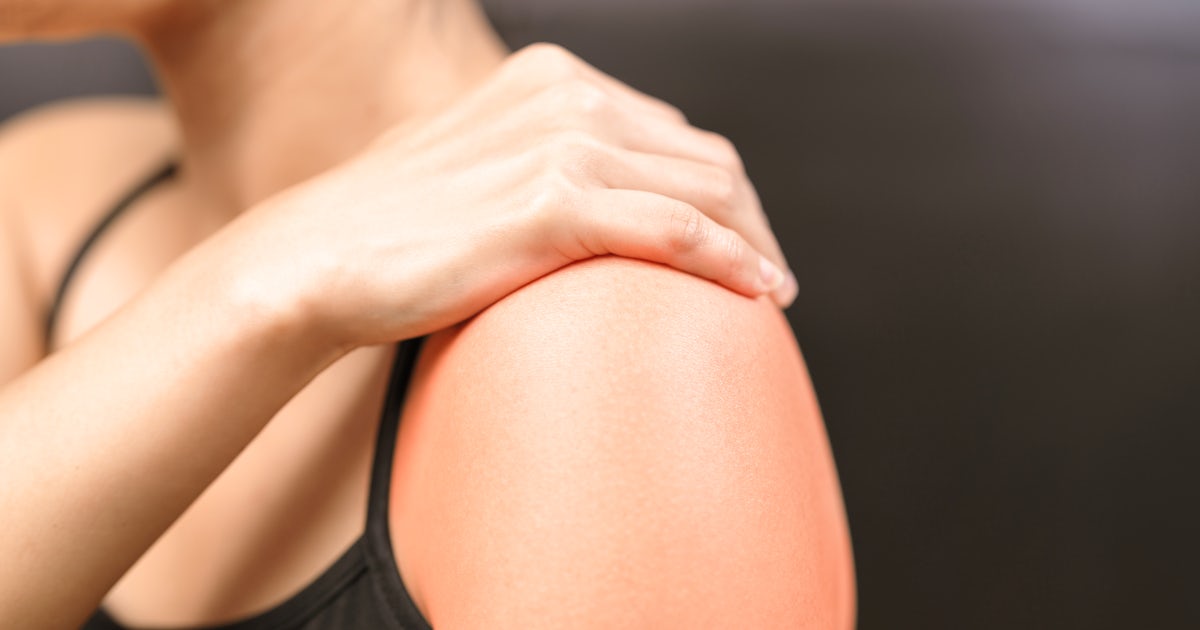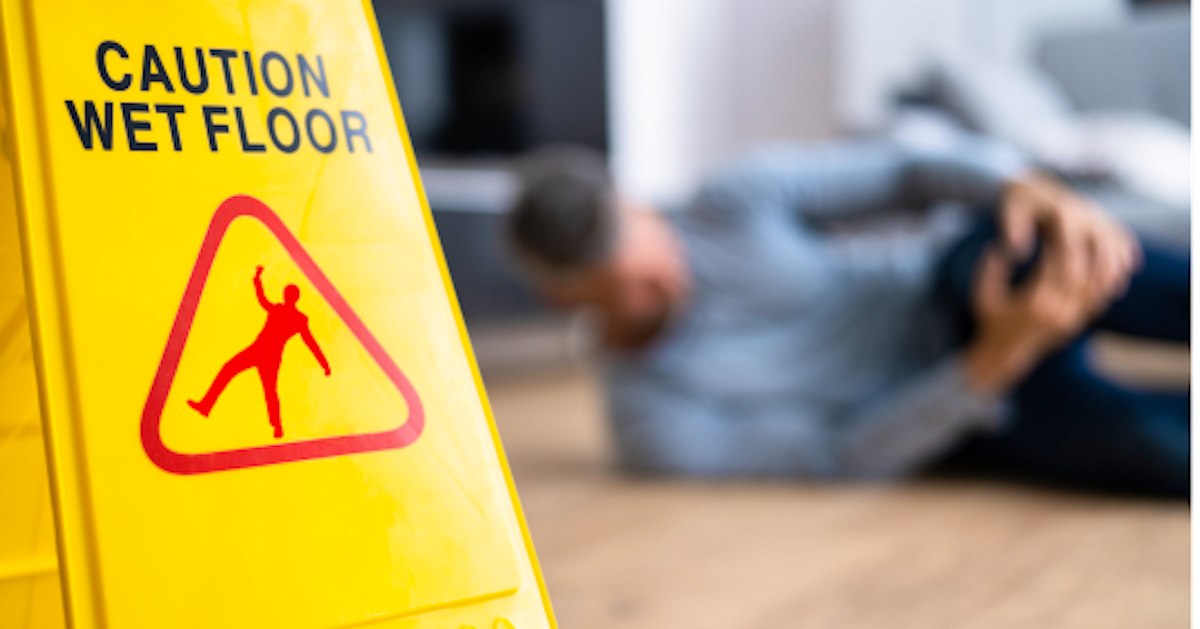
Muscular dystrophy, according to the Encyclopedia Britannica, is the collective name for several hereditary diseases that affect the skeletal muscles. These include Duchenne, facioscapulohumeral, Becker, limb-girdle and myotonic dystrophy. The pelvis and shoulder muscles are almost always involved, but other muscles may also be affected.
About Muscular Dystrophy
Muscular dystrophy begins with degeneration – the breakdown of muscle fibers. These fibers regenerate, but they are larger than normal. As this process of degeneration and regeneration continues, normal muscle tissue is replaced with fibrous scar tissue and fat. The disease may occur in both children and adults, although it takes different forms and symptoms are different as well.
Duchenne Muscular Dystrophy
Duchenne muscular dystrophy is the most common childhood type. It affects males, although – like hemophilia – it is the females who are carriers of the defective gene. Symptoms usually begin between the ages of two and six. Typical symptoms include a waddling gait, frequent falls, an inability to raise the knees and difficulty getting up when lying or sitting down. The symptoms become progressively worse, and by the teens, most boys are unable to walk. Eventually, the lung muscles are affected and life expectancy is short.
Other Types of Muscular Dystrophy
Becker muscular dystrophy is similar to Duchenne. Another sex-linked disorder, it begins later and progresses more slowly. Limb-girdle dystrophy affects both males and females. Symptoms begin in the pelvic region and spread to the arms and legs. Facioscapulohumeral dystrophy affects the face, shoulder blade and upper arm. It affects both sexes and does not begin until adolescence. In adults, the most common form is myotonic muscular dystrophy. In this syndrome, muscles become stiff after use. It affects other areas of the body such as the heart and central nervous system.
None of the various forms of muscular dystrophy can be cured. However, physical therapy, massage and chiropractic treatment may help relieve symptoms such as muscle spasms and cramps. Stretching and strengthening exercises may also be helpful; please contact
Dr. Shane Silver for an assessment.




